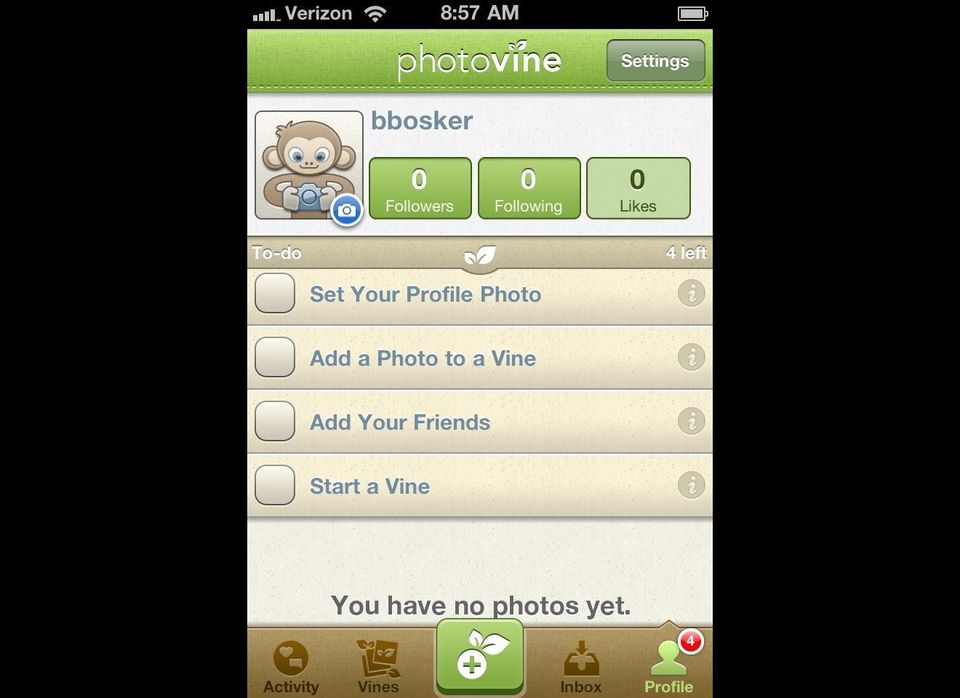There's no doubt about it: Google is set on social.
Photovine, the company's new photo-sharing iPhone app, marks the company's latest attempt to expand beyond search and into social media to capture more users and give Facebook a run for its money.
The company has quietly launched the free app, billing it as "a fun way to learn more about your friends, meet new people, and share your world like never before." Its tagline: "plant a photo, watch it grow."
Though the app could be downloaded before, it was available only to a limited number of users and by invitation only. The current version is open to everyone--except the users of Google's Android mobile operating system, oddly enough, as Photovine is only available as an iPhone app.
Photovine can be thought of as Instagram meets Piictu, with a bit of Twitter thrown in (Engadget notes Google's app is "remarkably similar" to Piictu). Users can upload photos to existing "Vines," which are essentially public photo albums organized around a theme, from "sunset" to "pets" to "office toys," that any user can contribute to. Photovine also allows users to start their own Vines (though it prompts them to add to an existing vine as they type in the title of their new Vine), to share their photos via Twitter and Facebook, and to comment on or "like" other users' pictures. The app syncs with Twitter and Facebook to let users follow friends they already have on the other social networking sites, though bizarrely there doesn't appear to be an option to look up and connect with Gmail contacts on the app.
The app lacks the filter feature that has helped make Instagram such a success, and also varies from existing services by connecting users more explicitly strangers and the content they post.
On the one hand, opening up everyone's photos to everyone else helps gives Photovine a way around the network effect--most social apps struggle because they're only useful so long as enough users in a person's social circle sign up--and it means the app appears busy and populated even if few of a user's friends have signed up. On the other hand, how interested are we in looking at strangers' pictures? There's an anthropological (or voyeuristic) appeal to seeing what photos people post in the Vine "At My Bedside" or "Things I See When Traveling," but people might tire of browsing through unknown users' images. After all, Facebook's genius was in showing people photos of other people they knew, a feature that quickly got its users hooked.
Take a tour of Photovine in the screenshots of the app below. Let us know what you think in the comments below--does Google have a winner?
